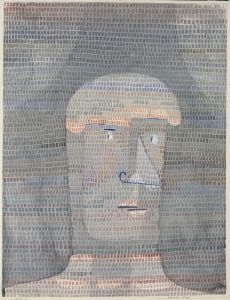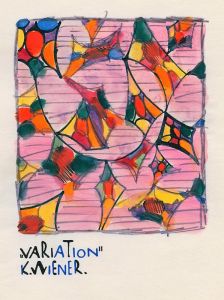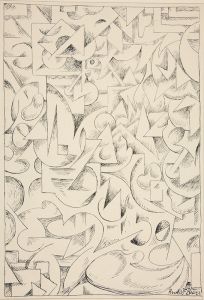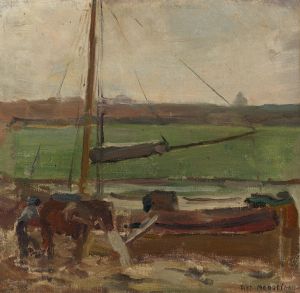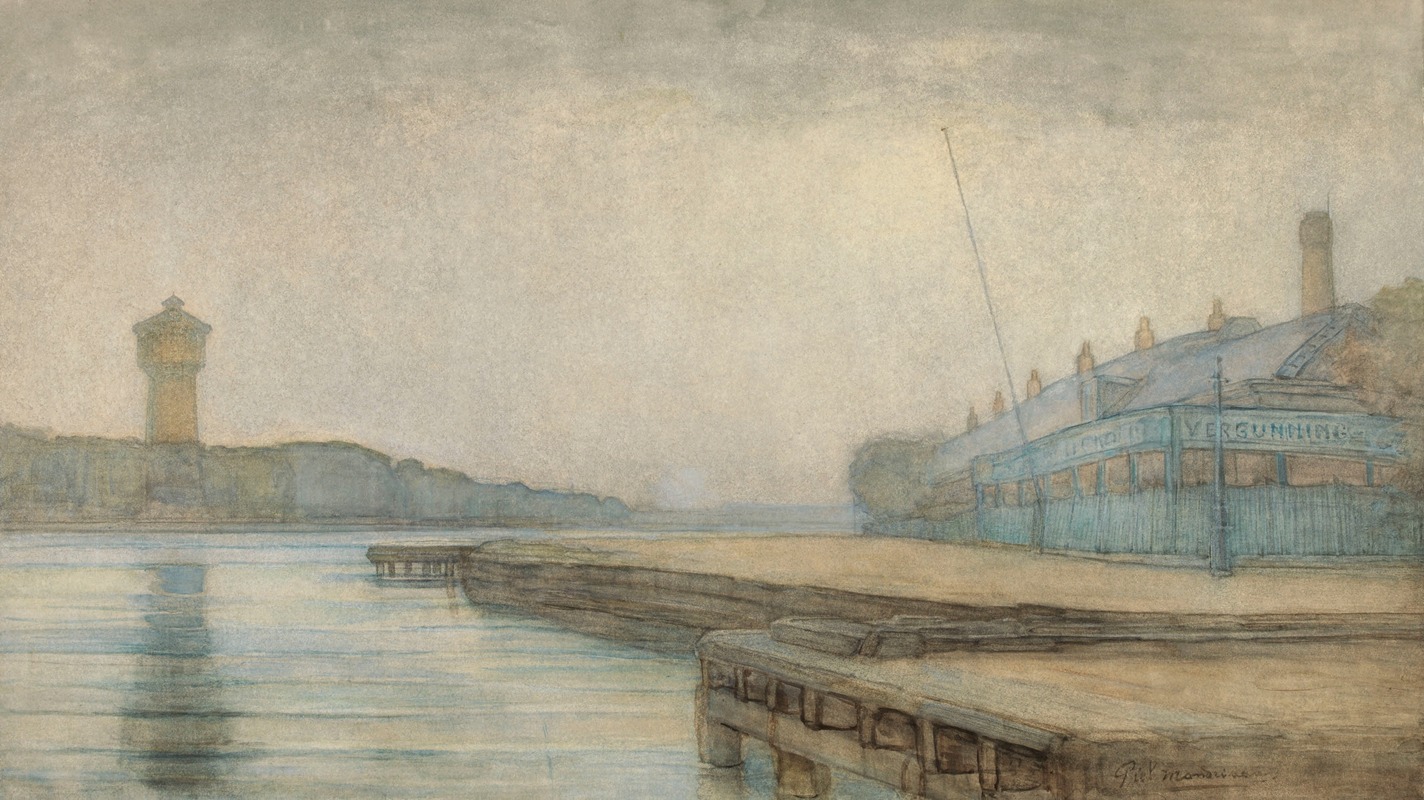
Amstel, Café ‘t Vissertje II
A hand-painted replica of Piet Mondrian’s masterpiece Amstel, Café ‘t Vissertje II, meticulously crafted by professional artists to capture the true essence of the original. Each piece is created with museum-quality canvas and rare mineral pigments, carefully painted by experienced artists with delicate brushstrokes and rich, layered colors to perfectly recreate the texture of the original artwork. Unlike machine-printed reproductions, this hand-painted version brings the painting to life, infused with the artist’s emotions and skill in every stroke. Whether for personal collection or home decoration, it instantly elevates the artistic atmosphere of any space.
Piet Mondrian, a Dutch painter renowned for his contribution to the De Stijl art movement, is celebrated for his abstract works characterized by geometric forms and primary colors. However, before Mondrian developed his iconic abstract style, he painted in a more representational manner. One of his earlier works, "Amstel, Café ‘t Vissertje II," reflects this period in his artistic career.
"Amstel, Café ‘t Vissertje II" is a painting that captures a scene along the Amstel River in Amsterdam, a city that Mondrian was familiar with and which influenced his early works. This painting is part of Mondrian's exploration of landscapes and urban scenes, a common theme in his oeuvre before he transitioned to abstraction. During this time, Mondrian was influenced by the prevailing art movements in the Netherlands, including Impressionism and Post-Impressionism, which is evident in his use of color and light.
The painting depicts a café by the river, a typical subject that allowed Mondrian to experiment with the interplay of natural and artificial light. The scene is likely to include reflections on the water, a motif that Mondrian often explored in his river landscapes. The composition of the painting suggests a balance between the built environment and nature, a theme that Mondrian would later abstract into his grid-based compositions.
Mondrian's early works, including "Amstel, Café ‘t Vissertje II," are characterized by a more subdued palette compared to his later works. He employed earthy tones and softer contrasts, capturing the atmospheric effects of the Dutch landscape. This period of Mondrian's career is crucial for understanding his transition from representational art to the abstract style for which he is best known.
The painting is part of Mondrian's broader body of work that documents his artistic evolution. It provides insight into his early influences and the gradual shift in his approach to form and color. While "Amstel, Café ‘t Vissertje II" may not be as widely recognized as his later abstract works, it remains an important piece for understanding the development of Mondrian's artistic vision.
Unfortunately, specific details about the painting, such as its current location, dimensions, and the exact year it was painted, are not widely documented. This lack of detailed information is not uncommon for works from Mondrian's early career, as many of these pieces are held in private collections or have not been extensively studied.
In summary, "Amstel, Café ‘t Vissertje II" is a significant work from Piet Mondrian's early period, reflecting his engagement with naturalistic themes and his exploration of light and color. It serves as a testament to his artistic journey and the foundational elements that would later inform his groundbreaking contributions to abstract art.






